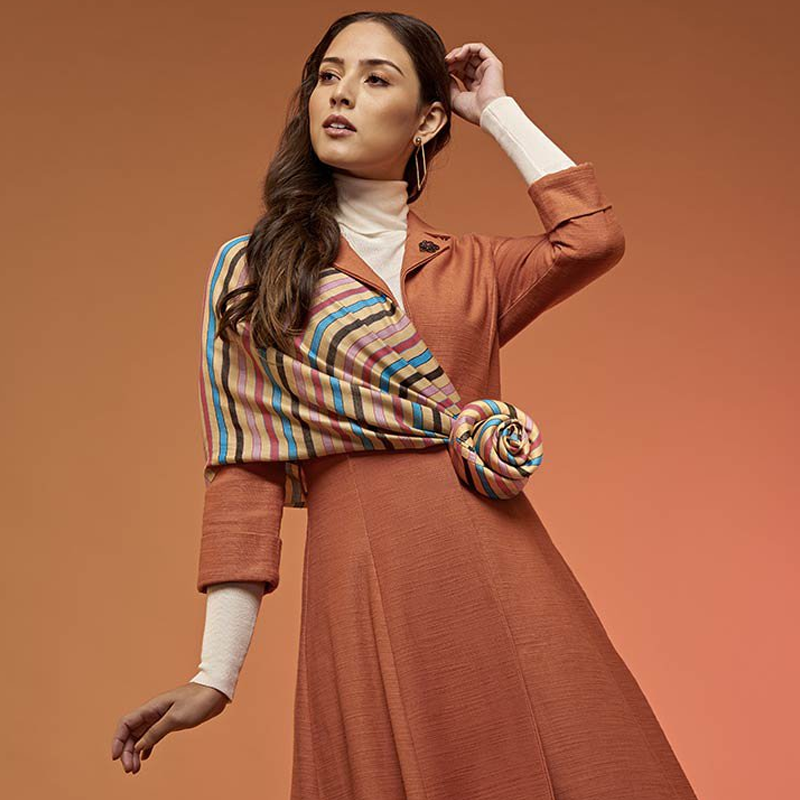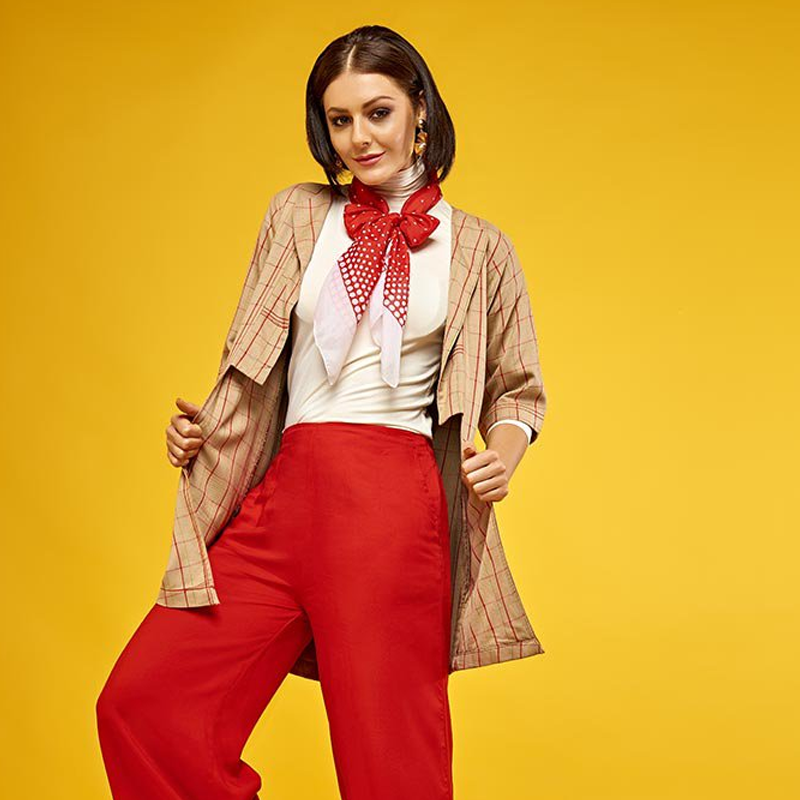6 Steps That Will Help You Be Thoughtfully Fashionable This Year
August 06, 2021 | The Liva Lifestyle
Sustainability in fashion has been a huge topic of discussion for over a decade now. Since the clothing industry adds to the global carbon footprint, we along with brands need to make a difference to reduce it by becoming conscious decision-makers. We need to understand the difference between ‘want’ and ‘need’ and act accordingly by adopting a mindful and thoughtfully fashionable approach.
And we get it. Going on the path of sustainability seems challenging, but it’s really not that hard if you’re willing to make that commitment. There’s not just one but multiple ways to do it. Even abiding by one of these steps, you can create a positive impact on the fashion industry. Wondering how to start? We’re here to help.
1. Invest In Quality And Classic Pieces
Opt for and spend on good quality clothes with timeless designs, rather than buying something that is poor in quality and is on-trend just for a few weeks. Most fast fashion labels manufacture clothes with a shorter life span, which often leads to the garment getting worn out quickly and this leads to the use-and-throw culture. By choosing to invest in quality over quantity and in pieces that will remain classics forever, you’ll have a much more durable as well as sustainable wardrobe.

2. Shop From Brands That Help Reduce The Carbon Footprint
It’s a known fact that the fashion industry is one of the major contributors to global pollution. However, several brands are working towards a more eco-friendly future, for instance, brands that use fabrics from LIVA. Made from certified natural, renewable resources that are manufactured through stringent eco-friendly processes, the production of LIVA fabric has reduced water consumption and lesser emissions contributing to a greener environment, thus reducing the overall carbon footprint. Research about the brand before you go ahead and add it to your shopping list.

3. Support Local And Homegrown Labels
One of the positive changes in 2020 was the increased amount of support for local labels. And it must be continued this year too. Due to the pandemic, several businesses shut down, which caused a loss of jobs and led to the economic downfall. One way to revive that was by supporting homegrown labels, which gained immense popularity due to the #VocalForLocal campaign on social media. By shopping locally made products, you’re helping artisans and craftsmen earn a livelihood and give them employment opportunities.
4. Check Clothing Tags For Fabric Information
There are three reasons why checking clothing tags should become a conscious habit. Firstly, you get to know what fabrics are used in the clothing item. Though some fabrics may be natural, they consume a lot of water, and some synthetic fabrics create plastic pollution. So, choose nature-based fabrics that are low on water consumption and are biodegradable. You can know more about them by checking the tag. The second reason is that the tag also gives details of where the garments are made, making you understand who made your clothes. And thirdly, the tag provides wear and care instructions. With this information, you can take the right care of your clothes and avoid it from wear and tear at an early stage so that it doesn’t end up in the landfills or incinerators.
5. Be Thoughtful Of Your Buying Choices- Buy Less, Buy Smart
The pandemic forced people to focus on purchasing necessities, which reduced overall spending and the reuse of existing products. In terms of fashion, there’s no doubt people got inventive with their existing wardrobe and upcycling became a huge trend. But even after the pandemic is over, we should continue doing the same. Reusing your clothes reduces the use-and-throw culture and certainly is one of the easiest ways to make fashion more sustainable.

6. Thrift, Swap And Shop Vintage
When you do a closet cleanse next, don’t add the clothes you wish to discard in the bin. If they’re in good condition, increase its shelf life by donating them to thrift stores, vintage labels and swap shops. Shopping for second-hand clothing is quite doable and is a step closer towards conscious consumerism. There are several advantages to it. You won’t have the same outfit as everyone else, you’re reducing the chances of clothes ending up in landfills, you become a trend-setter rather than a follower and most importantly, you network with eco-conscious people who love fashion but also understand its negative impact on the environment.
Let’s adopt a thoughtfully fashionable approach and pledge to adopt one of these steps to make our closet greener. I would like to begin with shopping from labels that make use of eco-friendly fabrics. Which one are you picking?
This article appeared on Elle India








